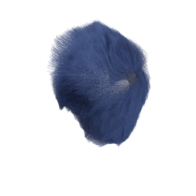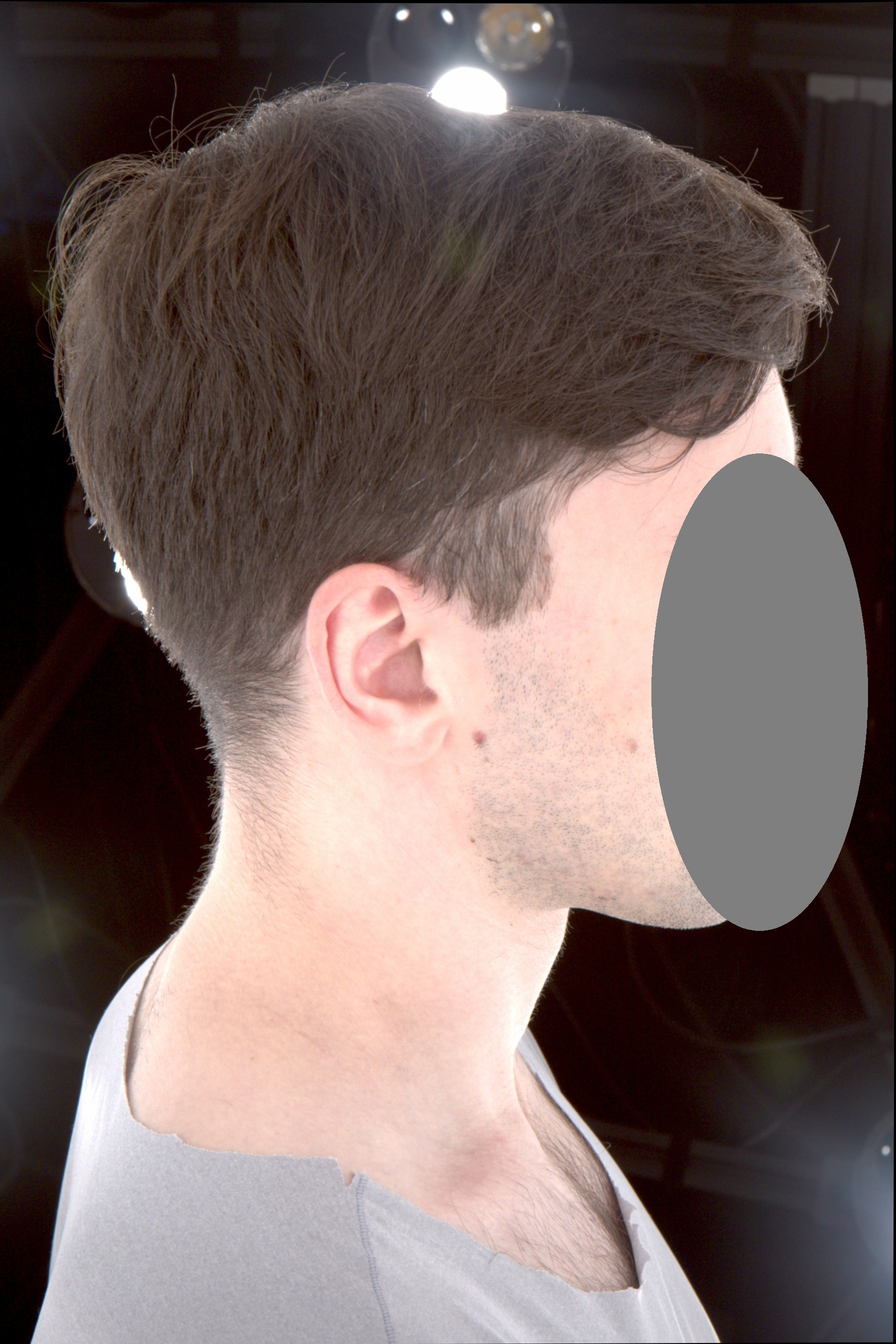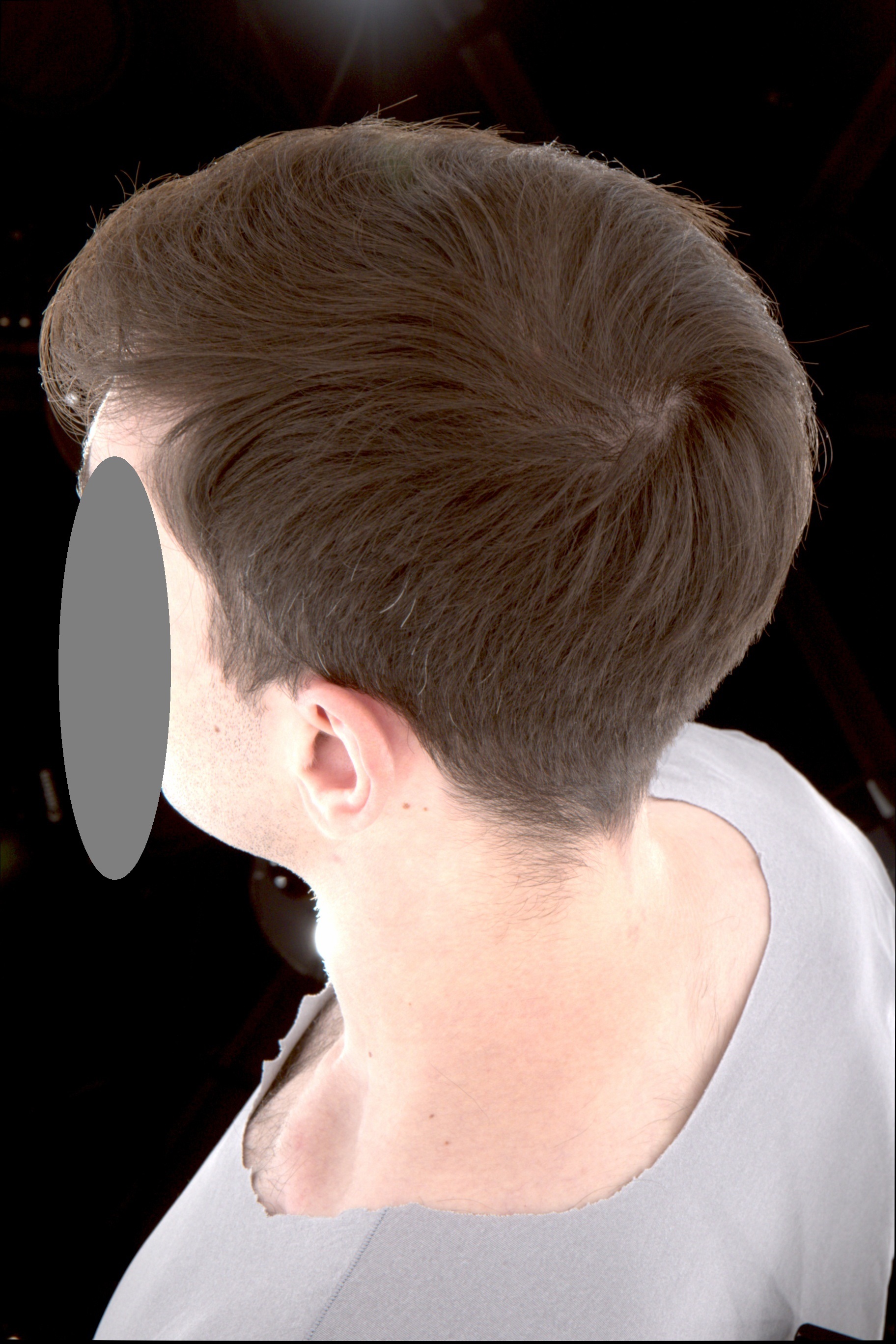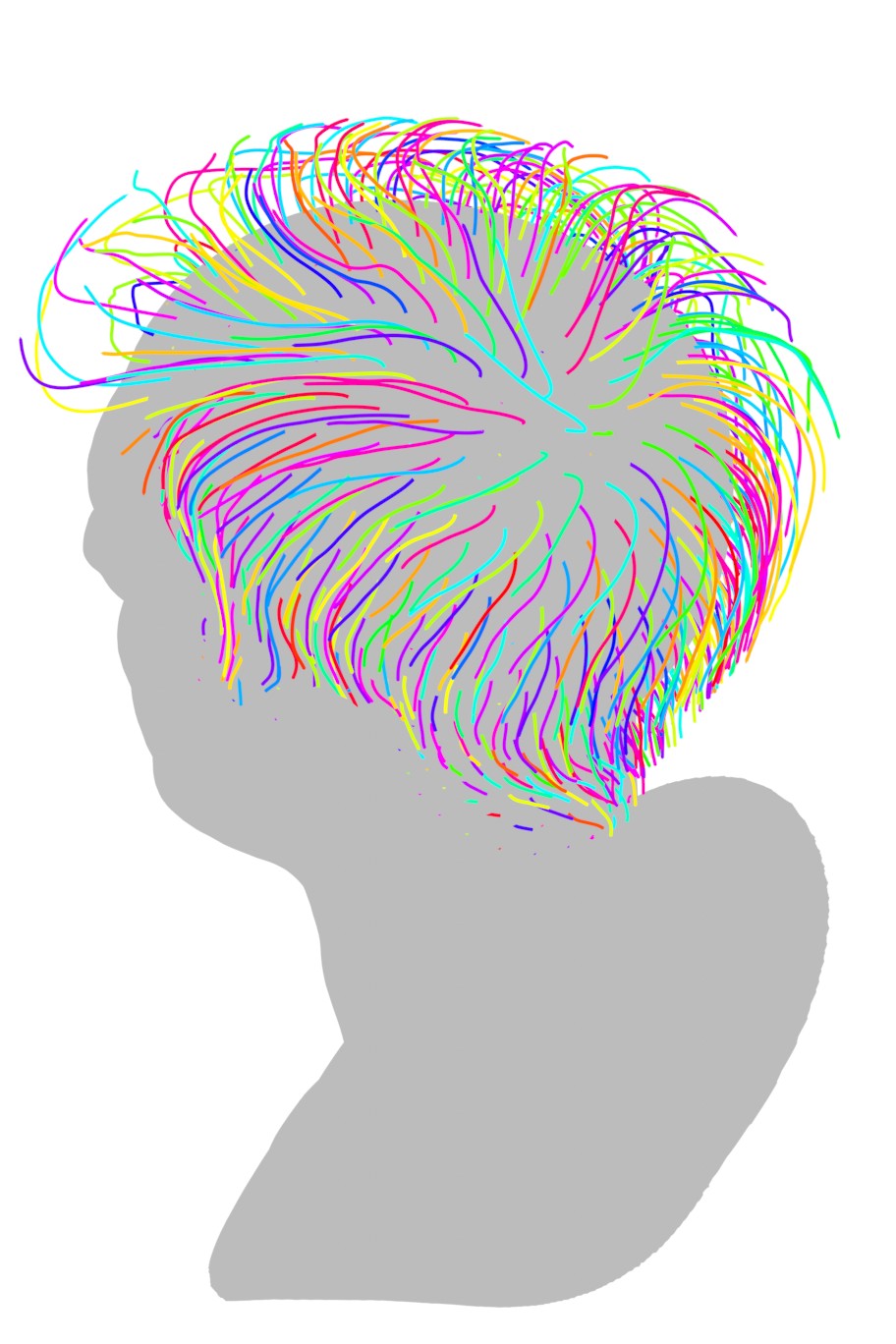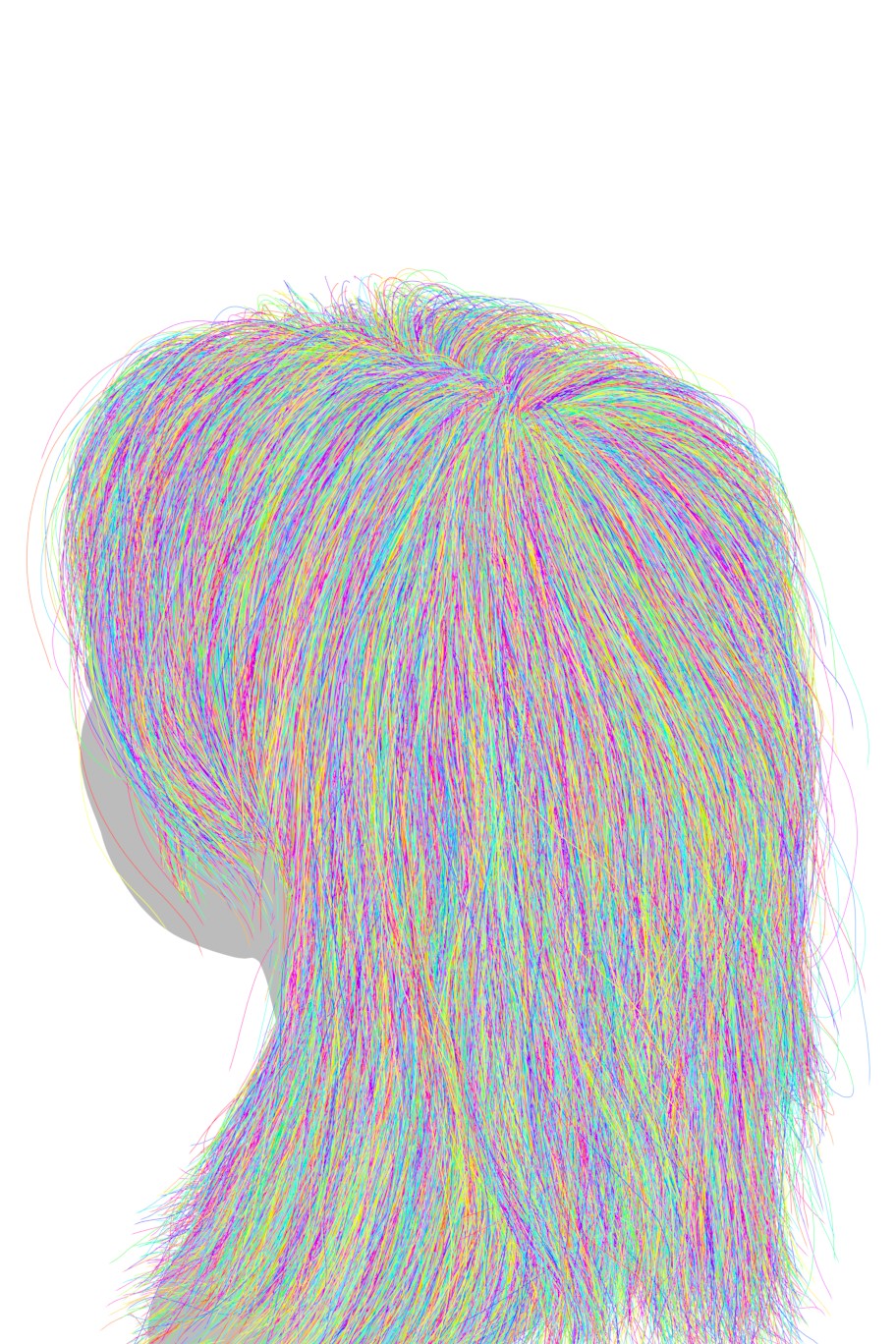
Dr.Hair: Reconstructing Scalp-Connected Hair Strands without Pre-training via Differentiable Rendering of Line Segments

Results of existing strand-based 3D reconstruction methods and our method tested with the data captured by a multi-camera system. Dr.Hair demonstrates better precision in reconstructing the directional flow of scalp-connected hair.




